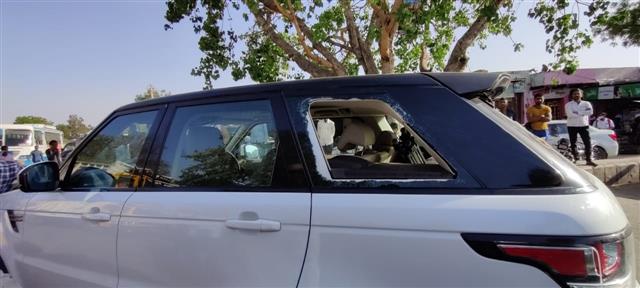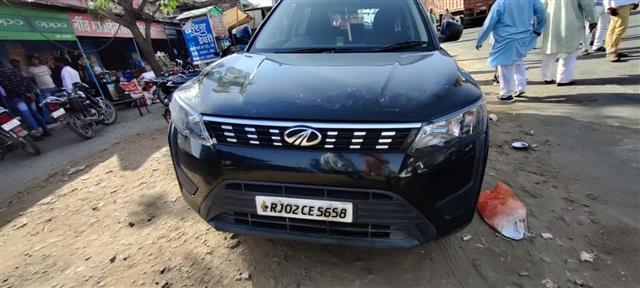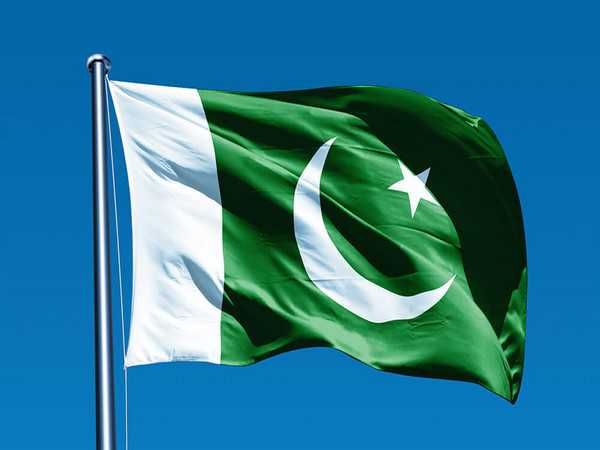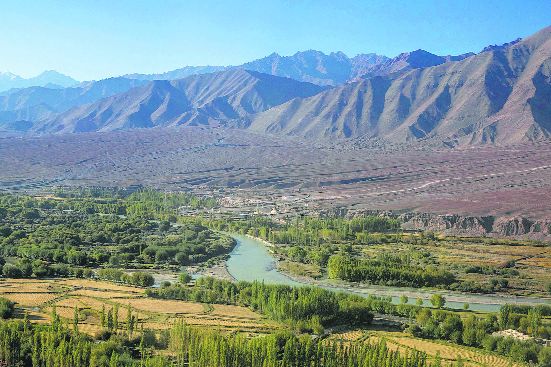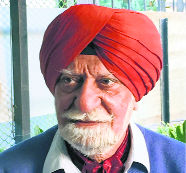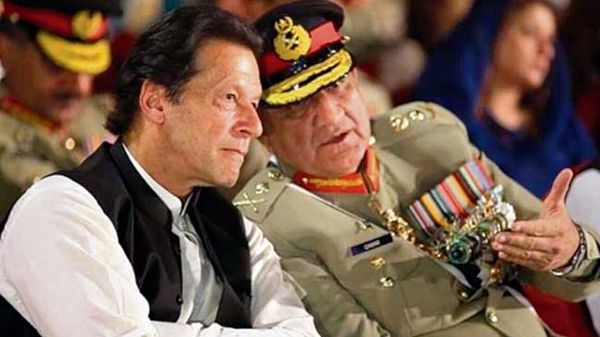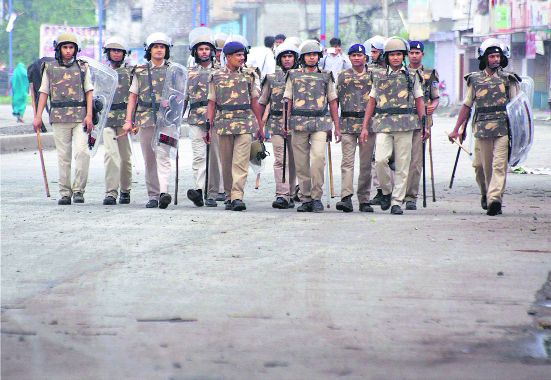From the Chinese point of view, the Indian Army, police and businessmen were part of an oppressive gang that kept China down through much of the 19th and 20th centuries. The military humiliation heaped upon India in 1962 had as much to do with China claiming the Tibetan highlands as its territory as it was to communicate to the Chinese people that they need not fear the aggressive Indians any more.
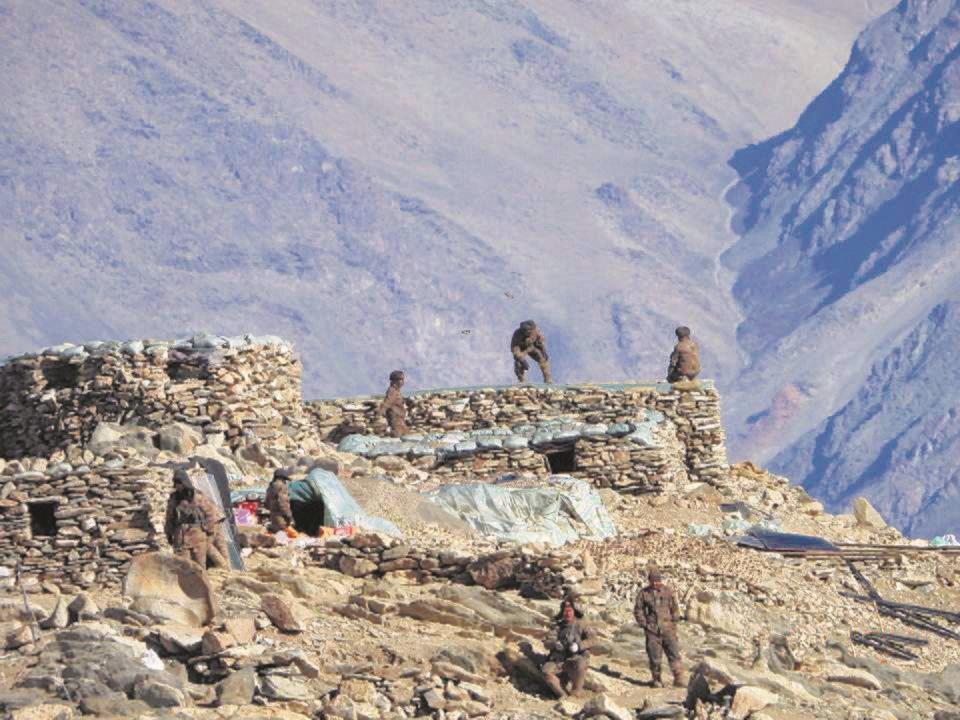
Border fracas: Only the demonstration of a confident ability to protect the nation has restricted the Chinese desire to teach India another lesson. Reuters

India’s confrontation with China is not yet over. China is brimming with nationalist energy. Its booming economy, the pride that the people have in their ability to fight off the Covid pandemic, has only increased the assertiveness of the nationalist Chinese. Unaware of the transformations taking place in China, Indian thought leaders are still busy with meaningless identity politics, when they are making efforts to seek approval of the developed western nations and thinkers.
From the Chinese point of view, the Indian Army, policemen and businessmen, were part of an oppressive colonial gang that kept China down through much of the 19th and early 20th centuries. A few gestures of kindness such as that by Dr Kotnis during the 1930s continue to be appreciated in China, but China also remembers the use of Indian forces in the Opium Wars and the domineering Sikh policemen in Canton, Hong Kong, Macao and Nanking. The military humiliation heaped upon India in 1962 had as much to do with China claiming the Tibetan highlands as its territory as it was to communicate to the Chinese people that they need not fear the tall and aggressive Indians any more. Since then, China has built up its nationalist narrative much more firmly.
Few Indians, whether nationalist, anti-nationalist or extra-nationalists, realise that all nations are artificial constructs. At what point the people who constitute a nation would decide that they wish to live together, as happened for instance in the UK in the 18th century, and in France, Italy and Germany in the 19th century, is a matter of historical contingencies that forge such a will. At what point people decide they no longer wish to live together, as in the case of the USSR and Yugoslavia in the 20th century, is also a matter of popular will. It is the will to live together that is important.
The noteworthy thing is that China is even more culturally, linguistically and religiously diverse than is India. What we know as the ‘Han’ that is supposed to be the majority in China, was before the 20th century merely a term used to denote a civilised person as opposed to the barbarians; much like the word ‘Arya’ is said to have been used in India before the Indians succumbed to the idea that ‘Arya’ stands for race. ‘Han — did not refer to an ethnic group. Modern Chinese scholars Zhang Lei and Kong Qingrongin, in their 1999 book Coherence of the Chinese Nation (Zhonghua Minzu Ningjulixue), write, “According to Confucianism, the distinction between ‘hua (xia)’ (civilised Han) and ‘yi’ (minority barbarians) was a cultural boundary rather than a racial and national boundary… The barbarian-civilised distinction did not indicate racial or national exclusiveness. Instead, it was a distinction involving differentiated levels of cultural achievement.”
Actually, the Han Chinese profess different religions (Christianity, Buddhism, Taoism etc) and speak different languages. For China, creating the idea of a nation was more important than affirming divisive personal identities. Sun Yat-sen talked as early as 1912 of the need to weld together different groups of people who lived in China even while China was splitting up into numerous independent units headed by warlords. The student rebellion of 1919, which goes by the name of the May Fourth Movement, was a nationalist upsurge against the Chinese elite siding with the Japanese. The Chinese Communist Party, once it came to power in 1948, took forward the nationalist line of thinking.
In the very first decade of communist rule in China, while on the one hand, the Chinese were paying homage to the Soviet idea of internationalism, they were also building up a strong sense of nationhood. The occupation of Tibet in 1951, just two years after China got rid of colonial domination, was but an assertion of an old historical presumption that the proper national territory of China extended from the Tibetan highlands in the west to the seas in the east. While Jawaharlal Nehru and his team of historians tried to find historical evidence to dismiss China’s claims, China had no hesitation in using military force to make its point.
Also, few in India realise that China is essentially made up of six major nationalities whose languages and cultural practices are mutually as different (and unintelligible) as the languages and cultural practices of different regions in India. What holds them all together is the historic belief that they all belong to one single civilisational entity.
India, on the other hand, found it difficult to assert that there could be an Indic reality. Indians have, since the so-called Bengal renaissance, tried hard to conform to European idea of a good society. Their popular notions of self-determination by ethnic and religious minorities are largely a product of trying to live up to the European ideals of 19th-century vintage.
For centuries before British occupation, the idea of different languages did not trouble India. Civilised people routinely spoke four to five languages. And yet, the first few days of the Constituent Assembly were spent in heated debates on deciding the appropriate language in which that august gathering could conduct its deliberations. The impasse was resolved only after it was agreed to conduct most of the discussions in English while promising not to force any one Indian language on everyone.
The import of a coeval fact was lost on most: that 566 Indian princes, with a combined military strength of over 200,000 well-equipped, battle-hardened soldiers, had little hesitation in accepting the sovereignty of the impoverished and helpless, independent Government of India, burdened by over 10 million displaced persons. These princes were essentially subcontractors for the colonial government. They had inherited their titles from a warlord who had been subjugated by the British a few decades ago. For reasons that are unclear, the departing British bequeathed to these sub-contractors the grand privilege of becoming ‘sovereign’ rulers of their lands. Many of the princes played for a few months with the idea of declaring themselves as independent nation-states. Yet, all but one of them quickly fell in line despite having a distinct administration, legal system, culture, language, and a battle-hardened army.
Since the crisis at Pangong Tso in 2020, we know that only the demonstration of a confident ability to protect the nation has restricted the Chinese desire to teach India another lesson. To underpin that ability, though, we need to work towards strengthening the bonds which hold Indians together rather than trying to strengthen the differences that exist in any normal society.













